The Bank for International Settlements said, with the release of its quarterly review, that “prospects of a more robust economic recovery buoyed risky asset prices, with signs of exuberance reflected in the behaviour of retail investors.” And, “sovereign yield curves steepened as investors priced in higher inflation and fiscal support.” Also, “sentiment towards emerging market assets remained favourable, in particular in East Asia.”
“The recent market jitters confirm that the back-up in bond yields and reflation trade are casting the financial market outlook in a completely new light,” said Claudio Borio, Head of the BIS’ Monetary and Economic Department. “People just saw low rates for as far as the eye could see, whereas now they have started having doubts about how long these conditions would last.”
Central banks “will have to work out what the implications of that (rising bond yields) for their objectives and respond accordingly,” Borio added.




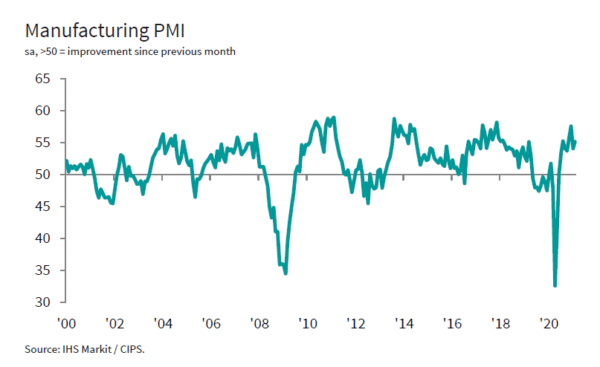
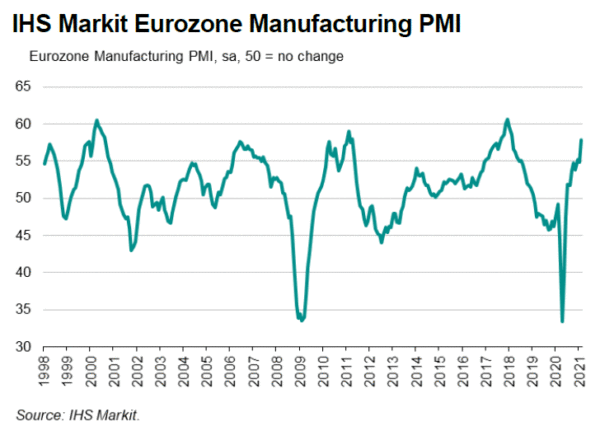
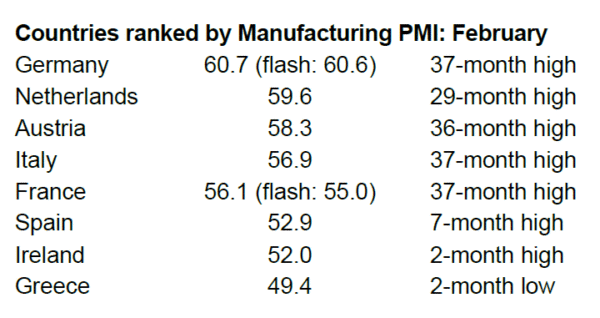
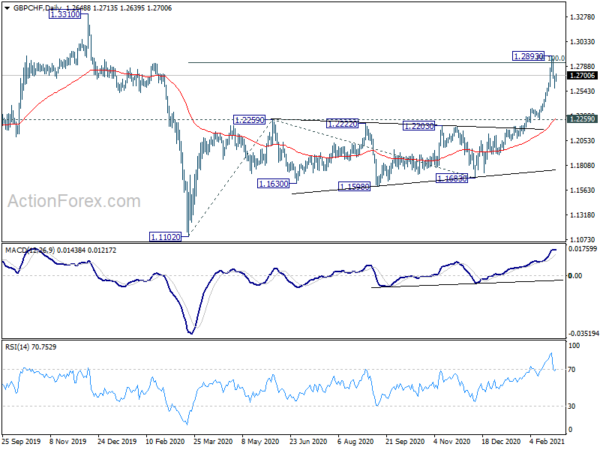
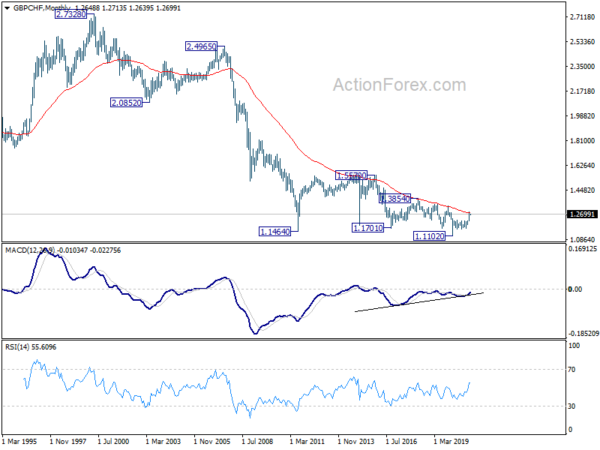
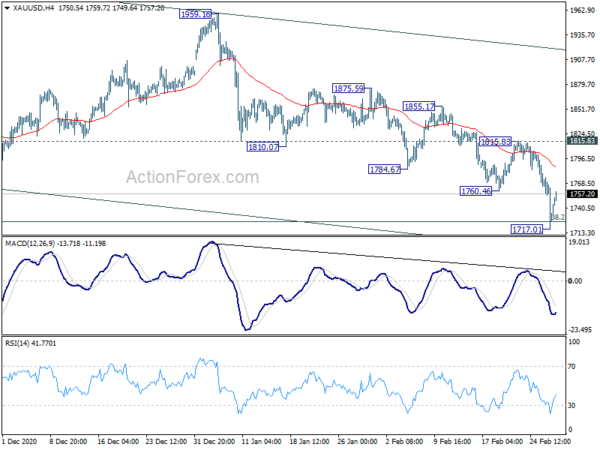
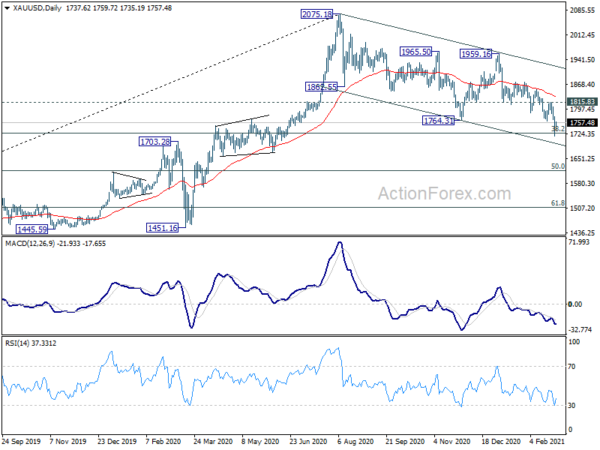
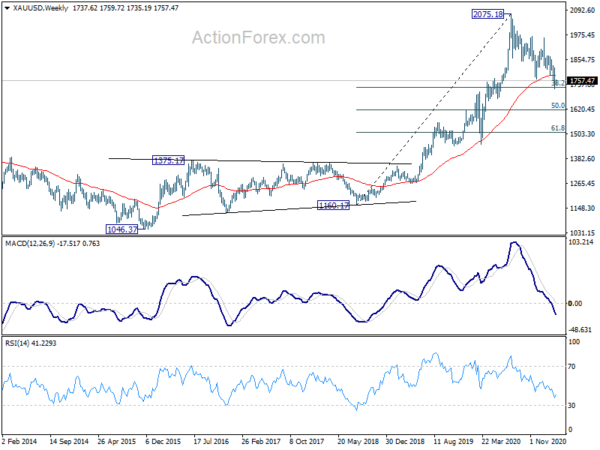
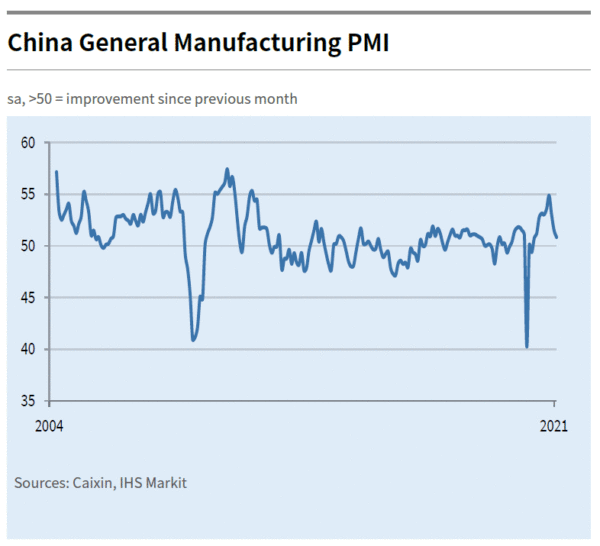
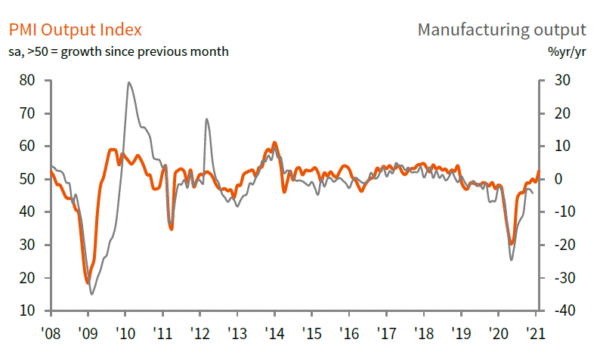
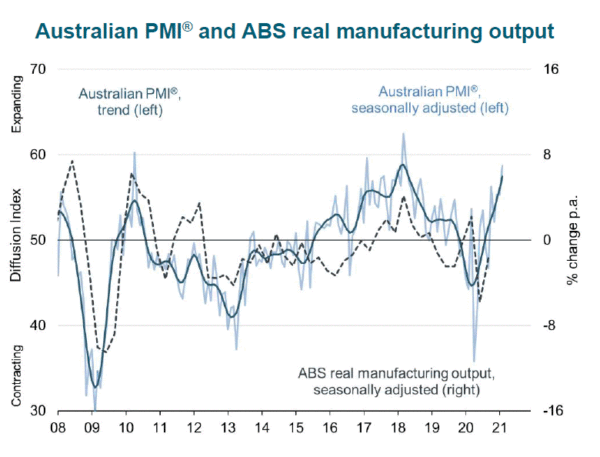
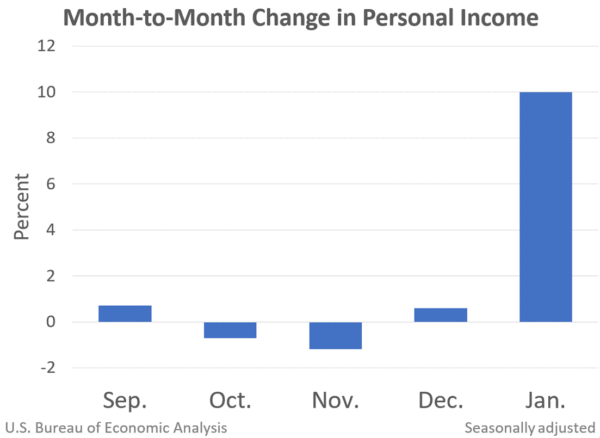
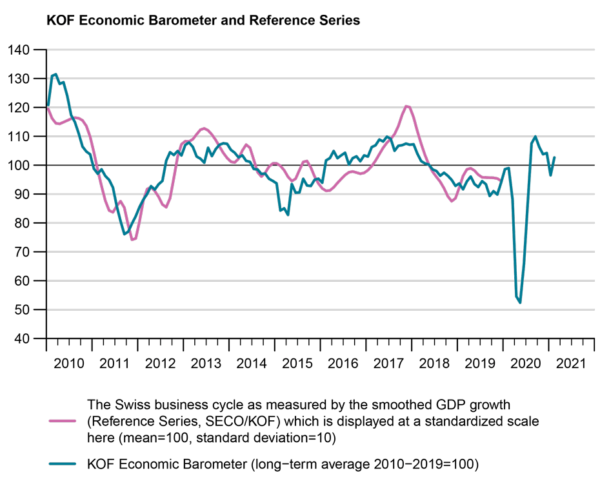
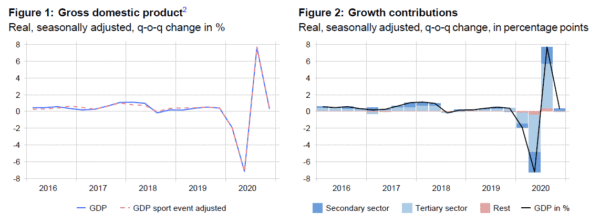
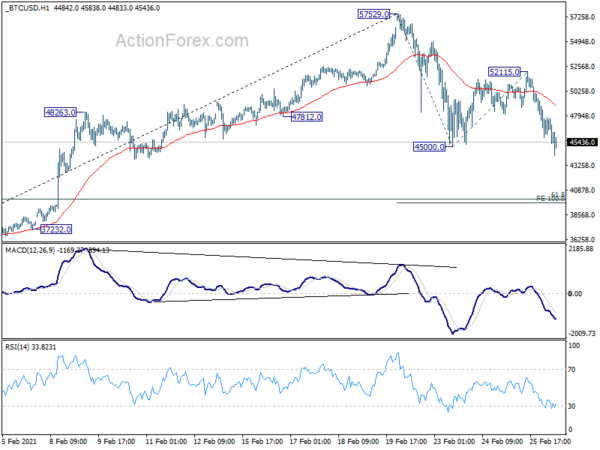
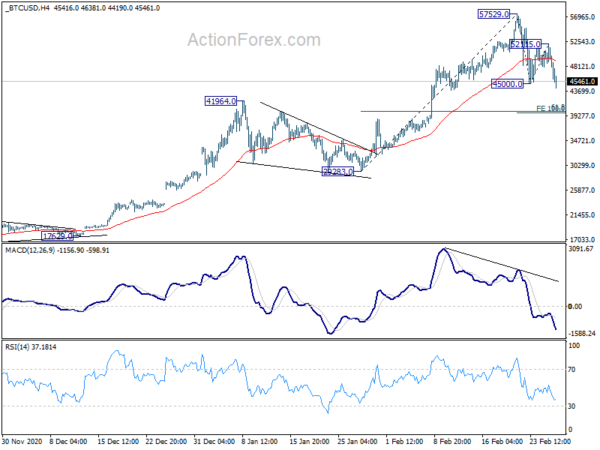
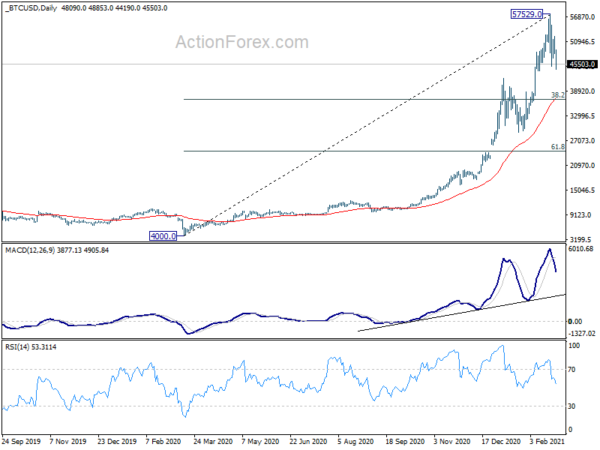
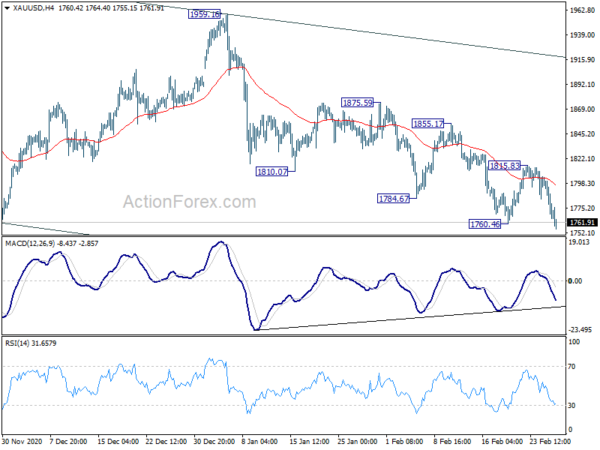
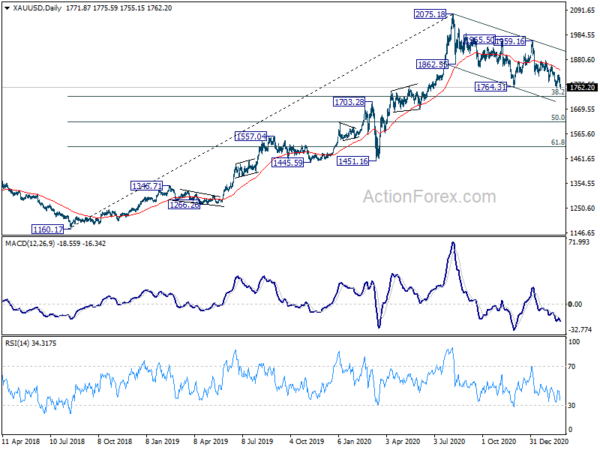
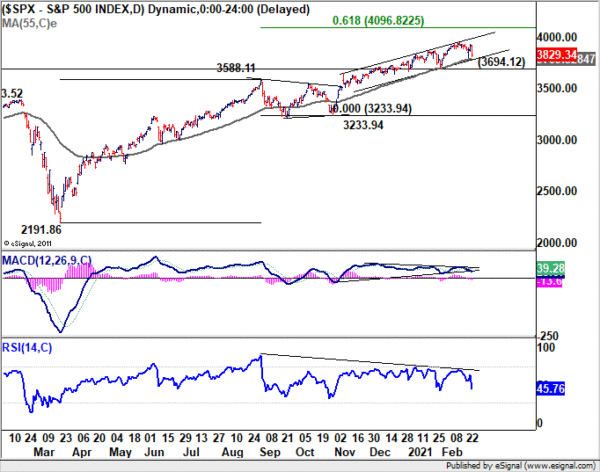
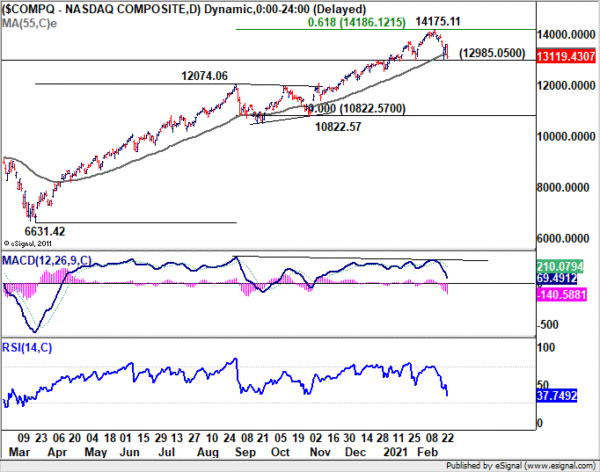
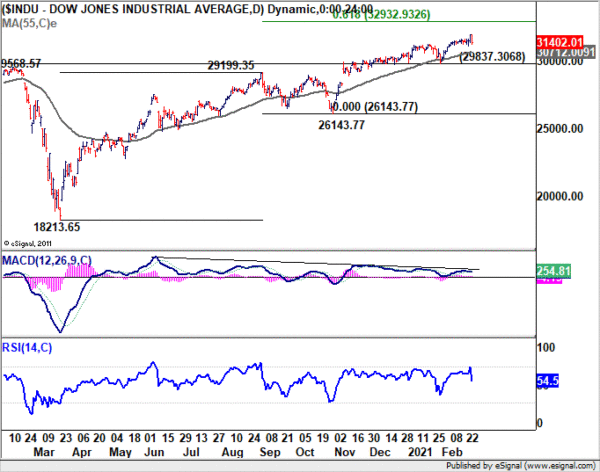
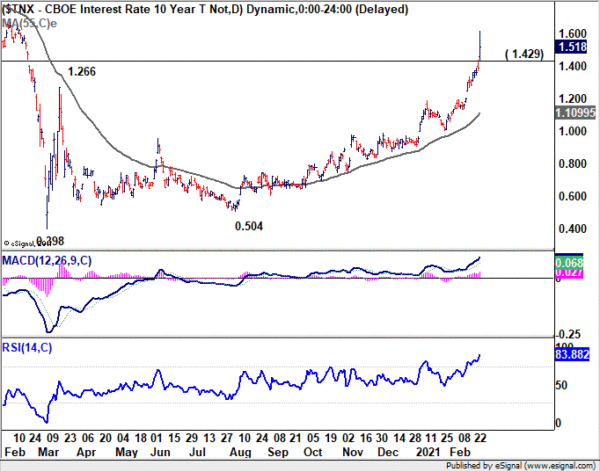
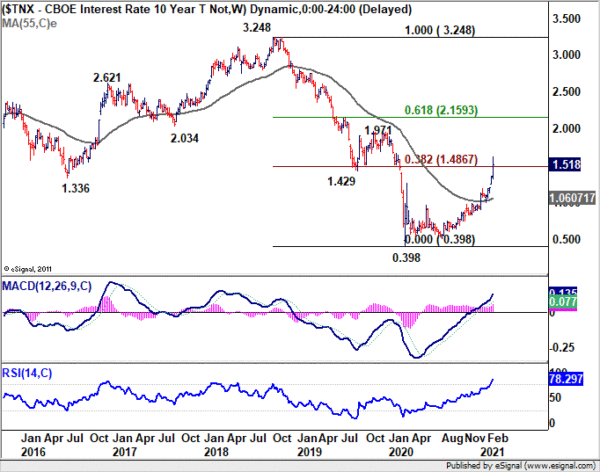
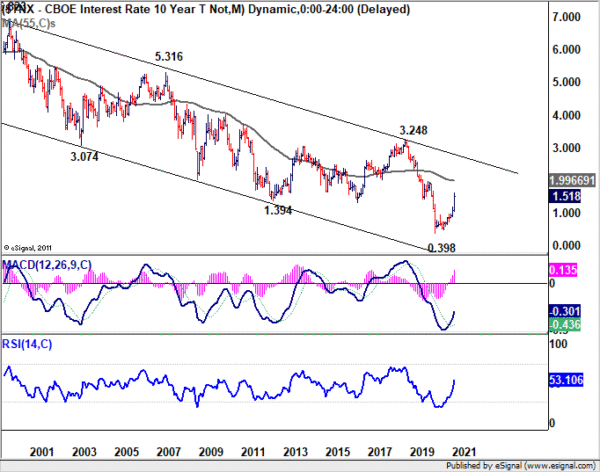


US ISM manufacturing rose to 60.8, prices rose to 86
US ISM Manufacturing PMI rose to 60.8 in February, up from 58.7, above expectation of 58.9. This equals the highest reading since February 2018, which was then the highest since May 2004.
Looking at some details, new orders rose 3.7 to 64.8. Production rose 2.5 to 63.2. Employment rose 1.8 to 54.4. ISM said: “The Manufacturing PMI continued to indicate strong sector expansion and U.S. economic growth in February. Four of the five subindexes that directly factor into the PMI were in growth territory and at a higher level compared to January.”
Prices jumped 3.9 to 86.0, highest since May 2008. ISM said, “Aluminum, copper, chemicals, all varieties of steel, soy, petroleum-based products including plastics, transportation costs, electrical and electronic components, corrugate, and wood and lumber products all continued to record price increases.”
Full release here.